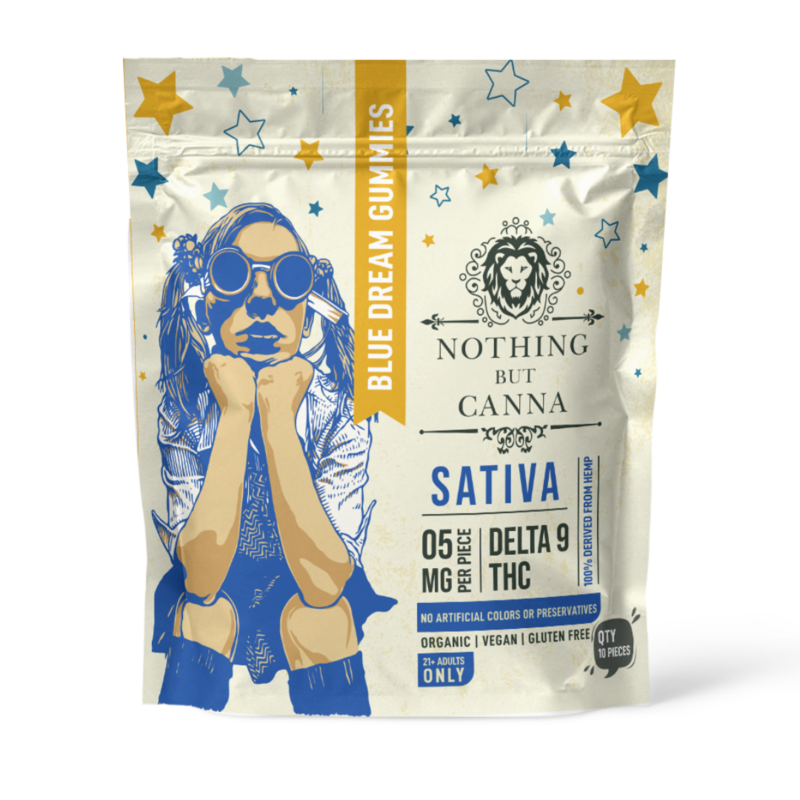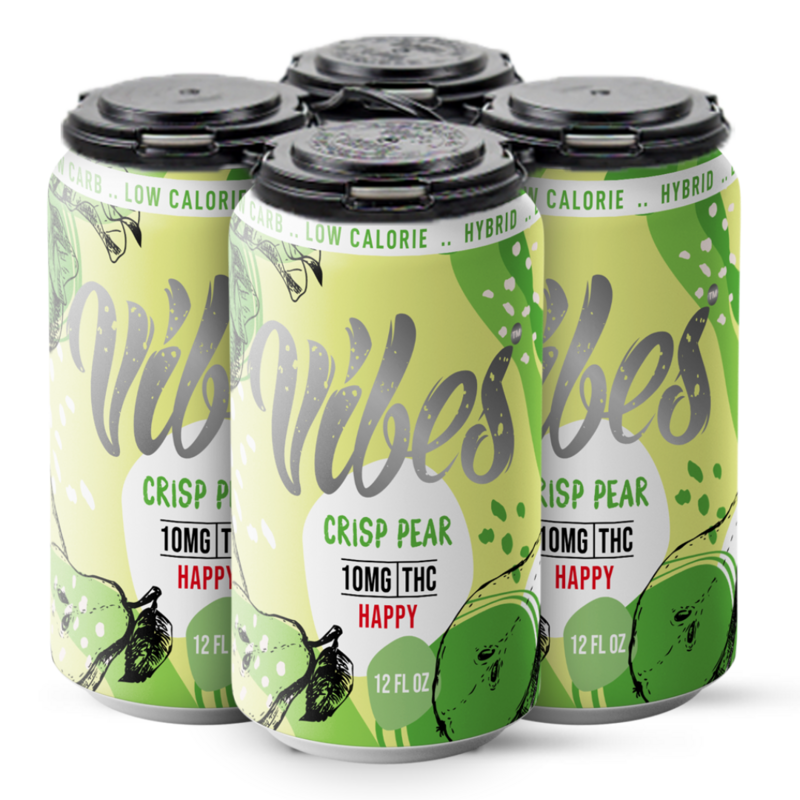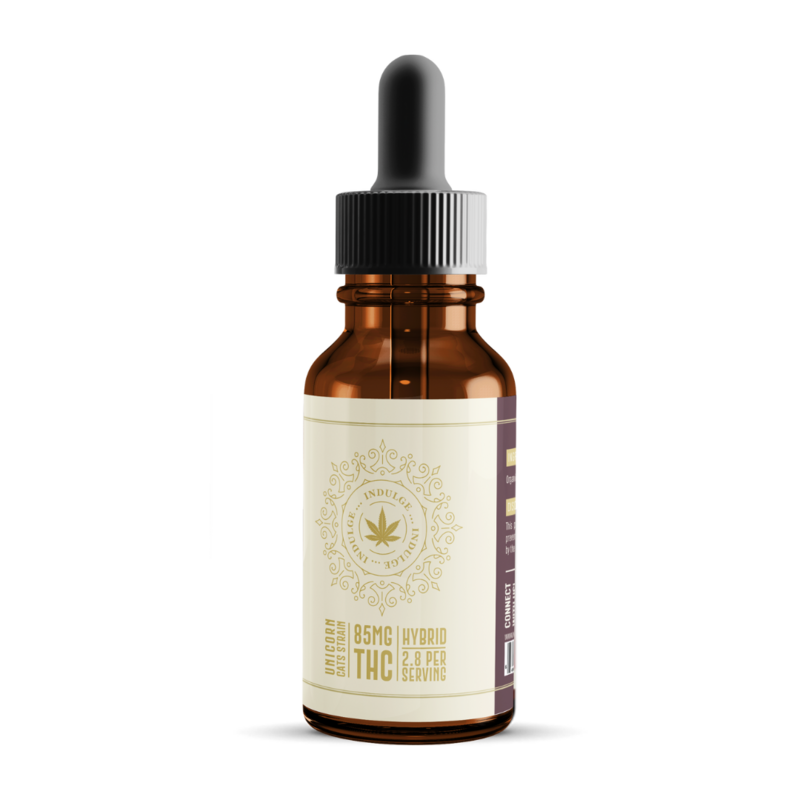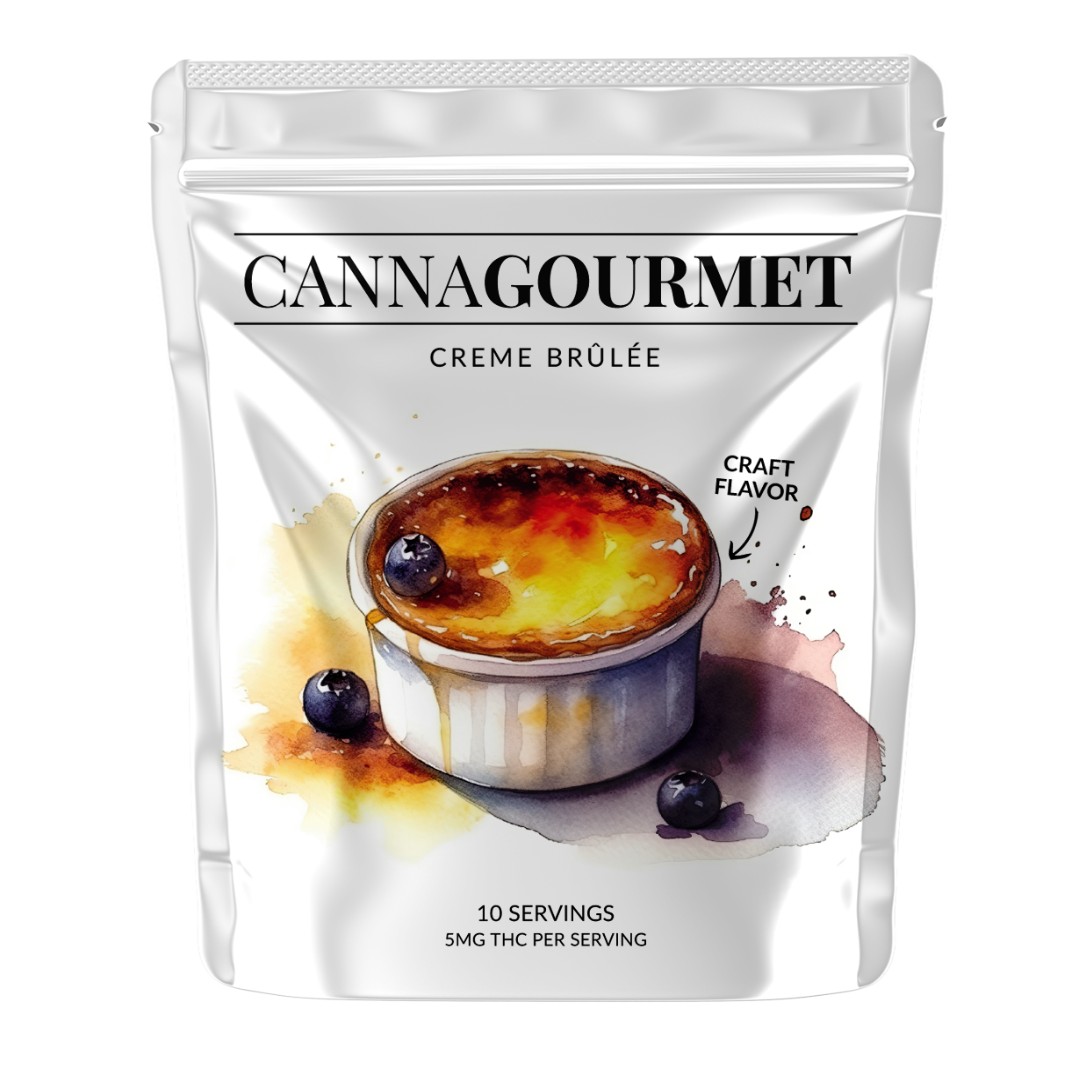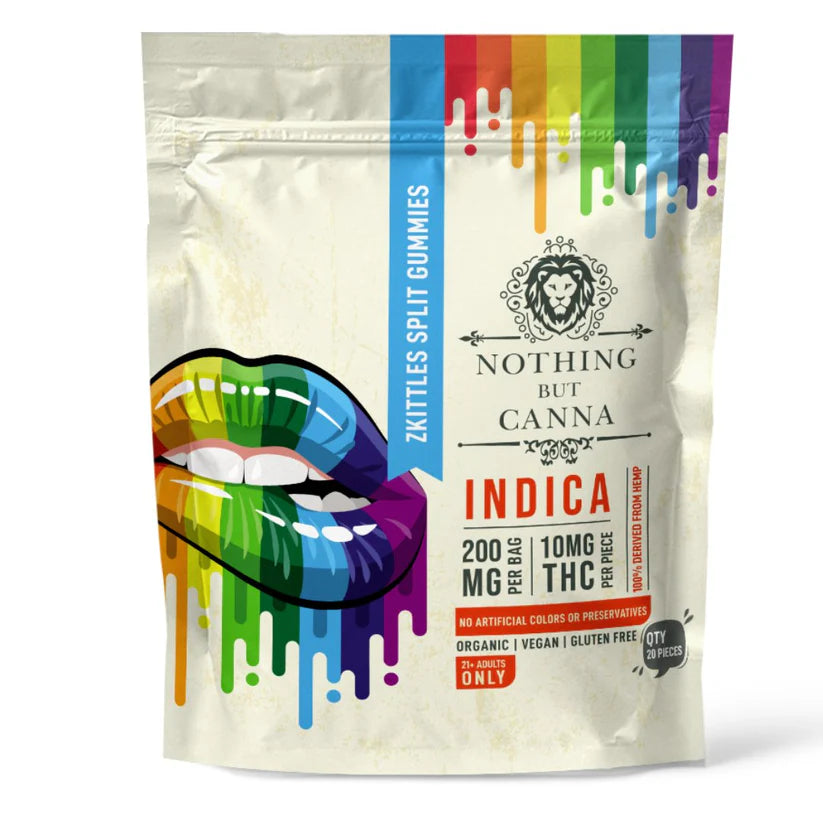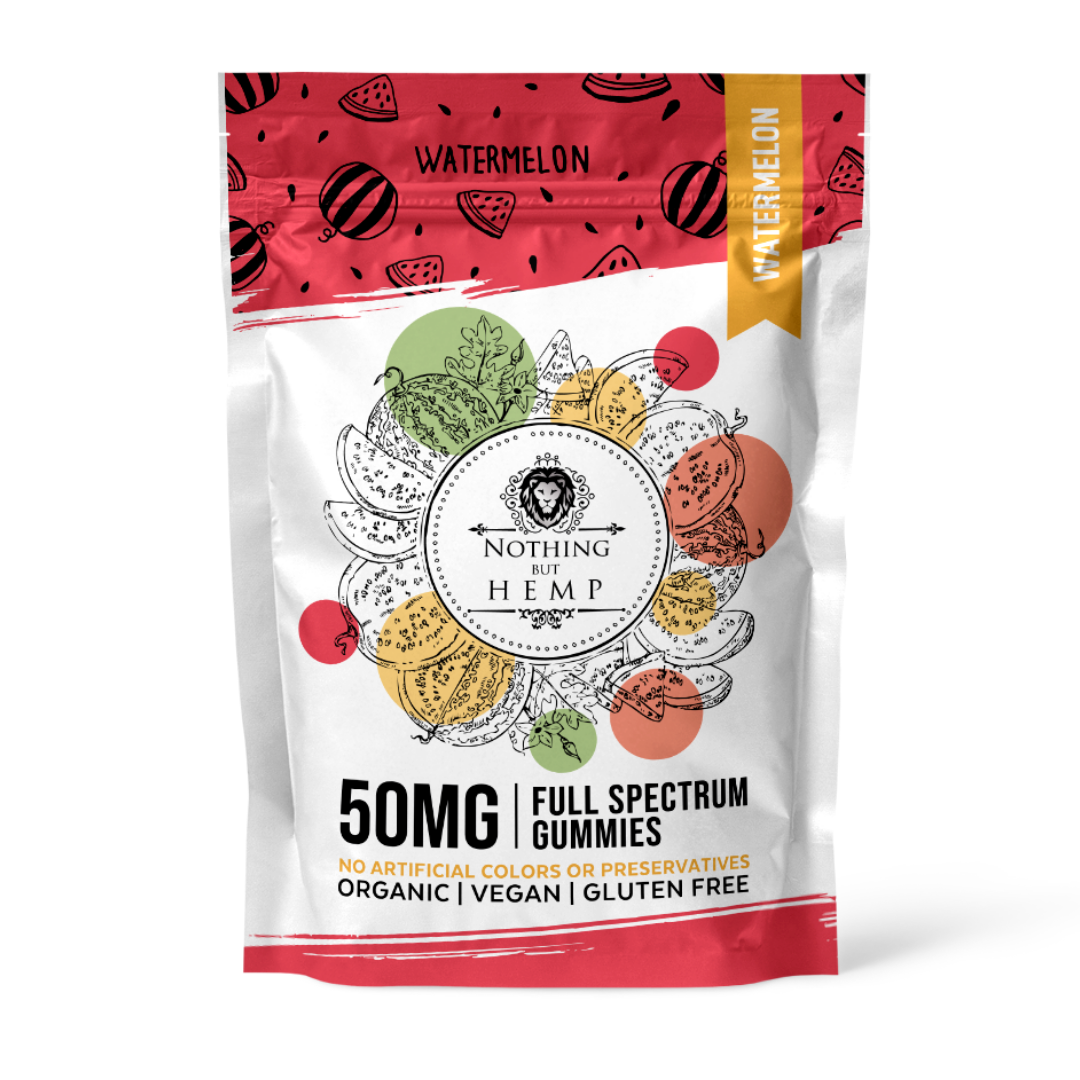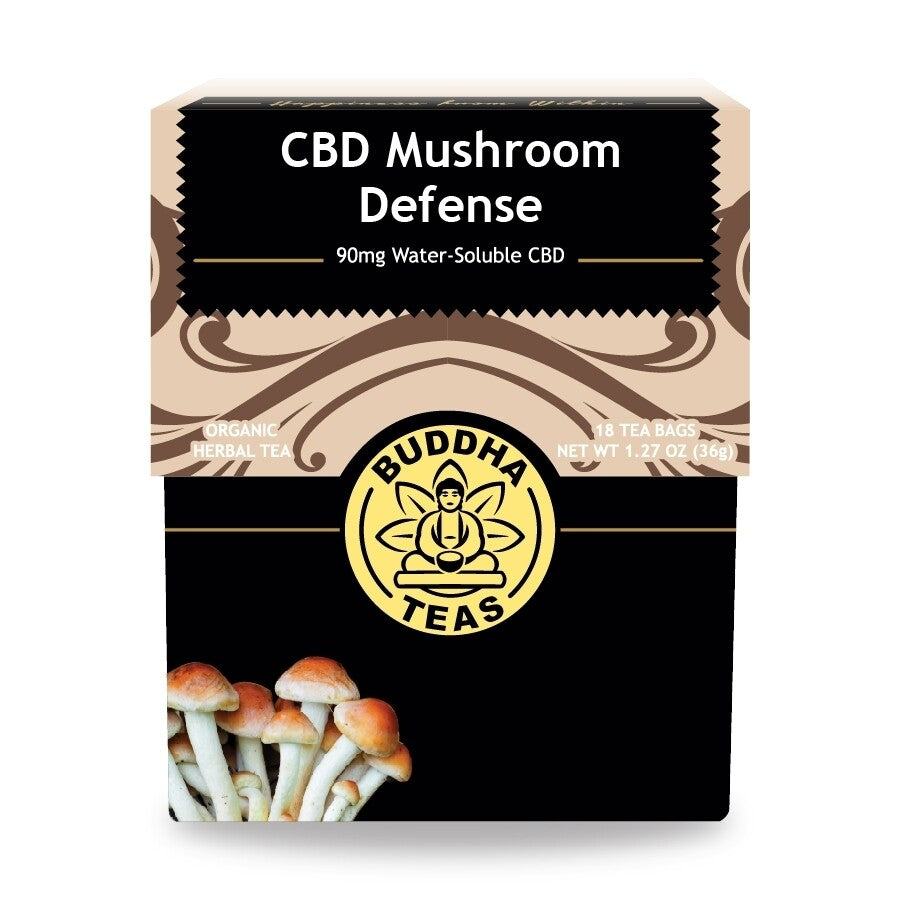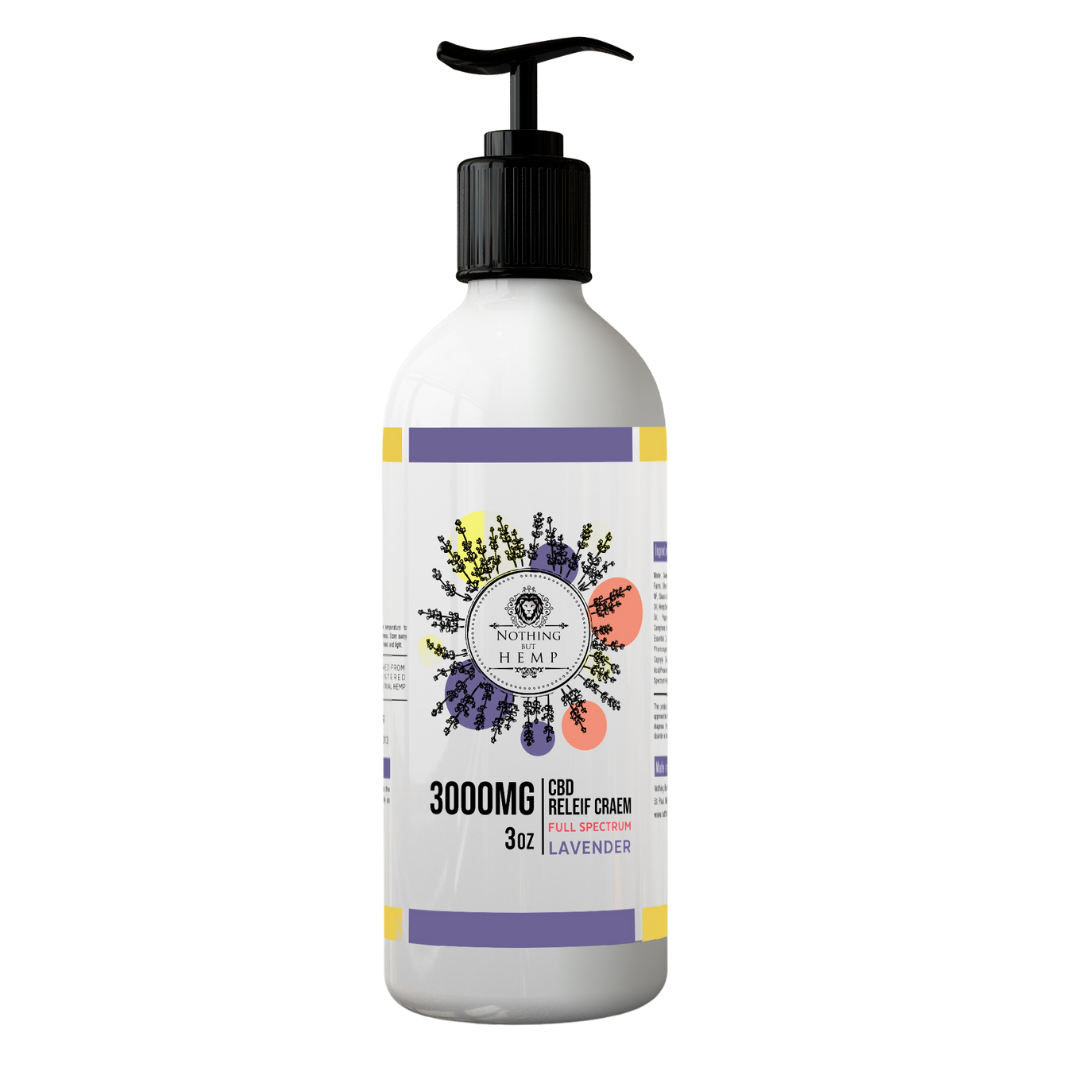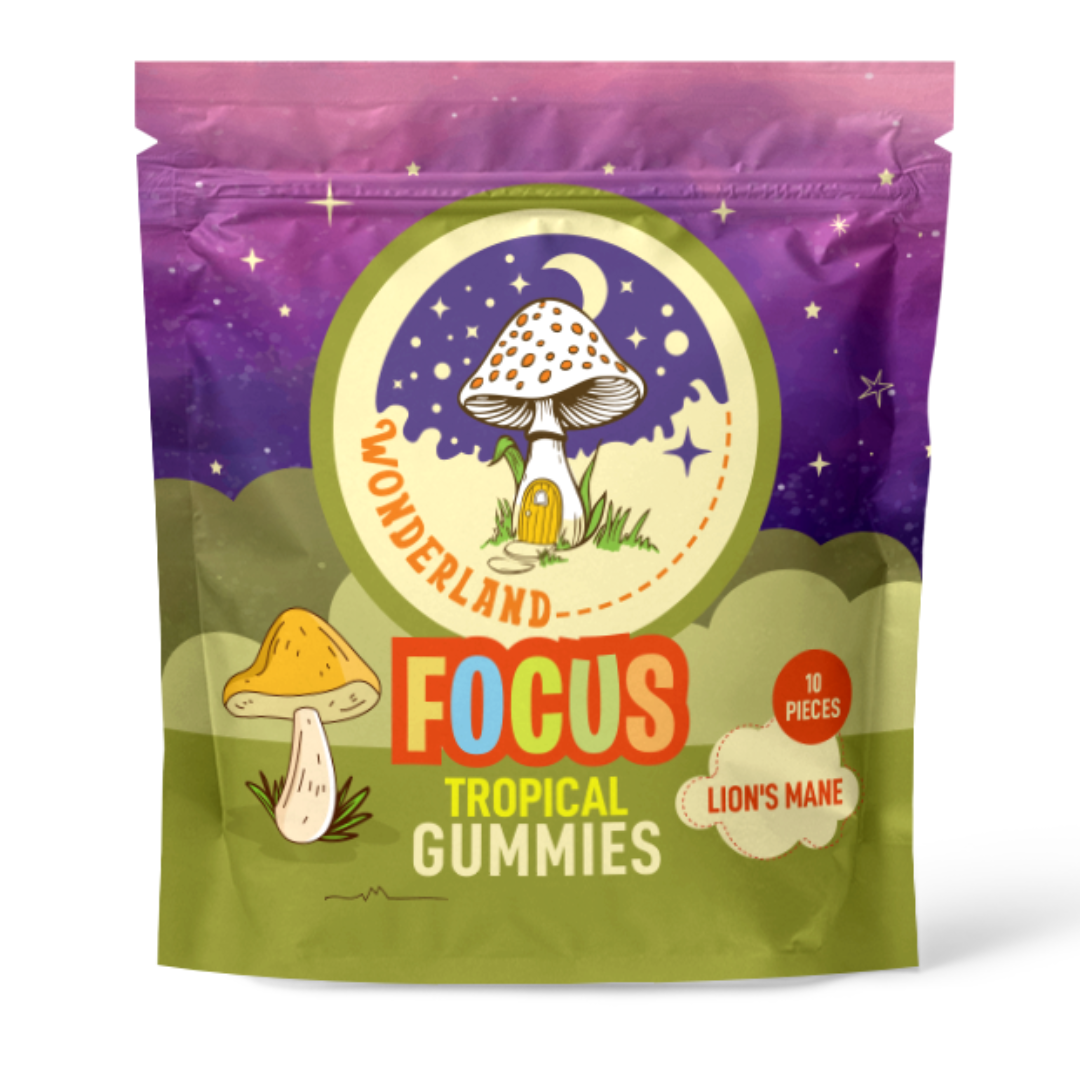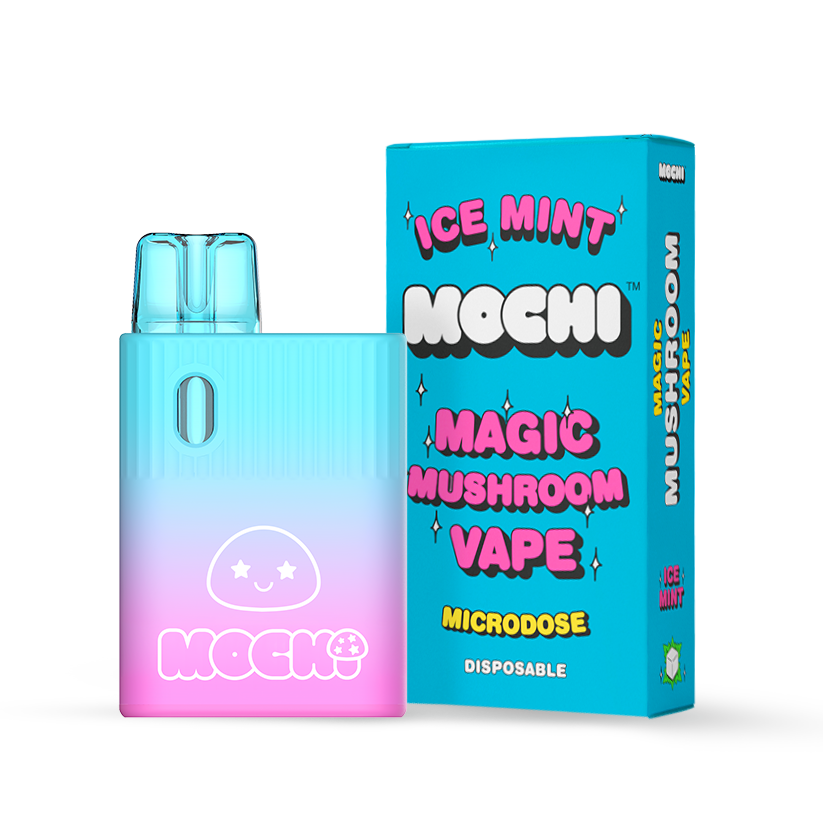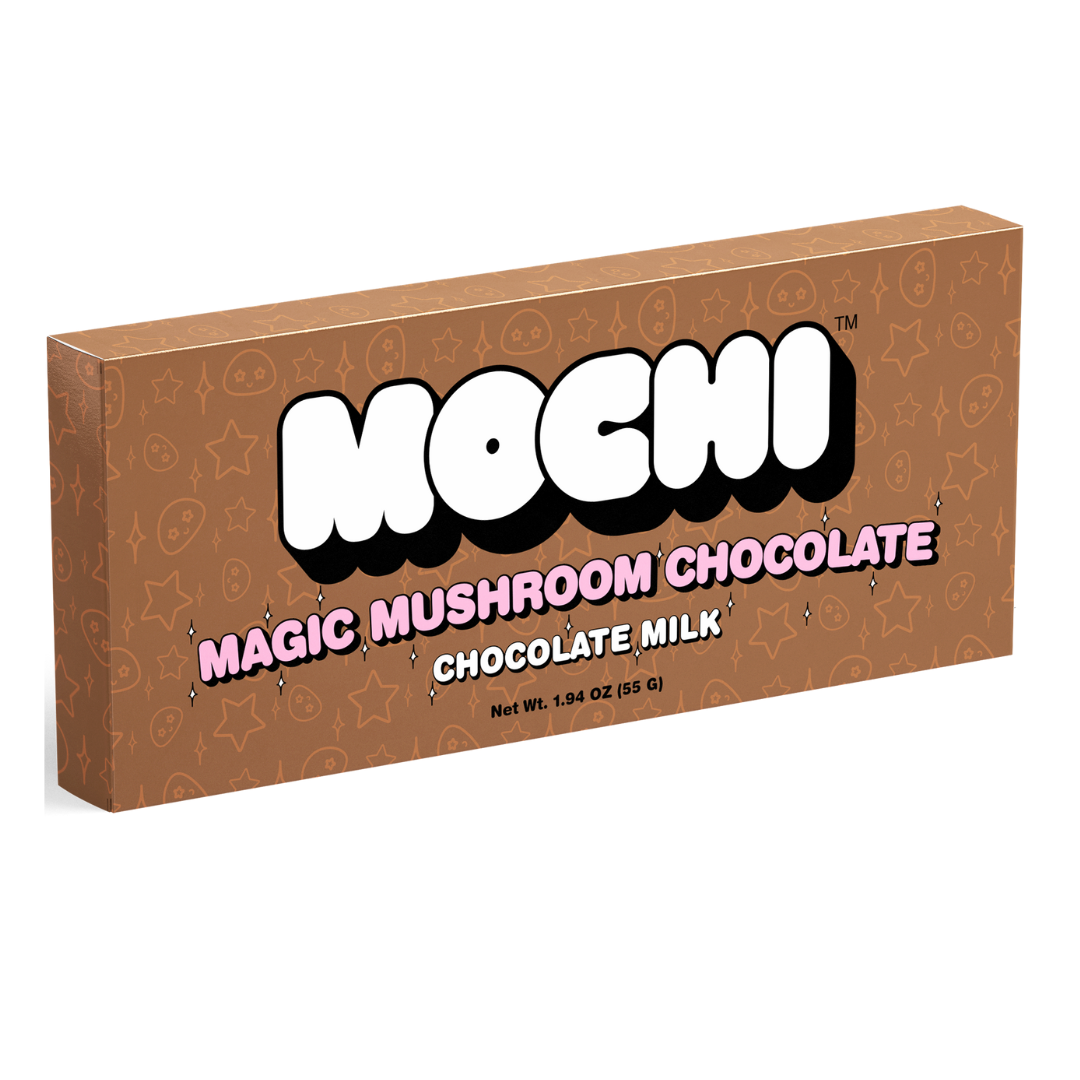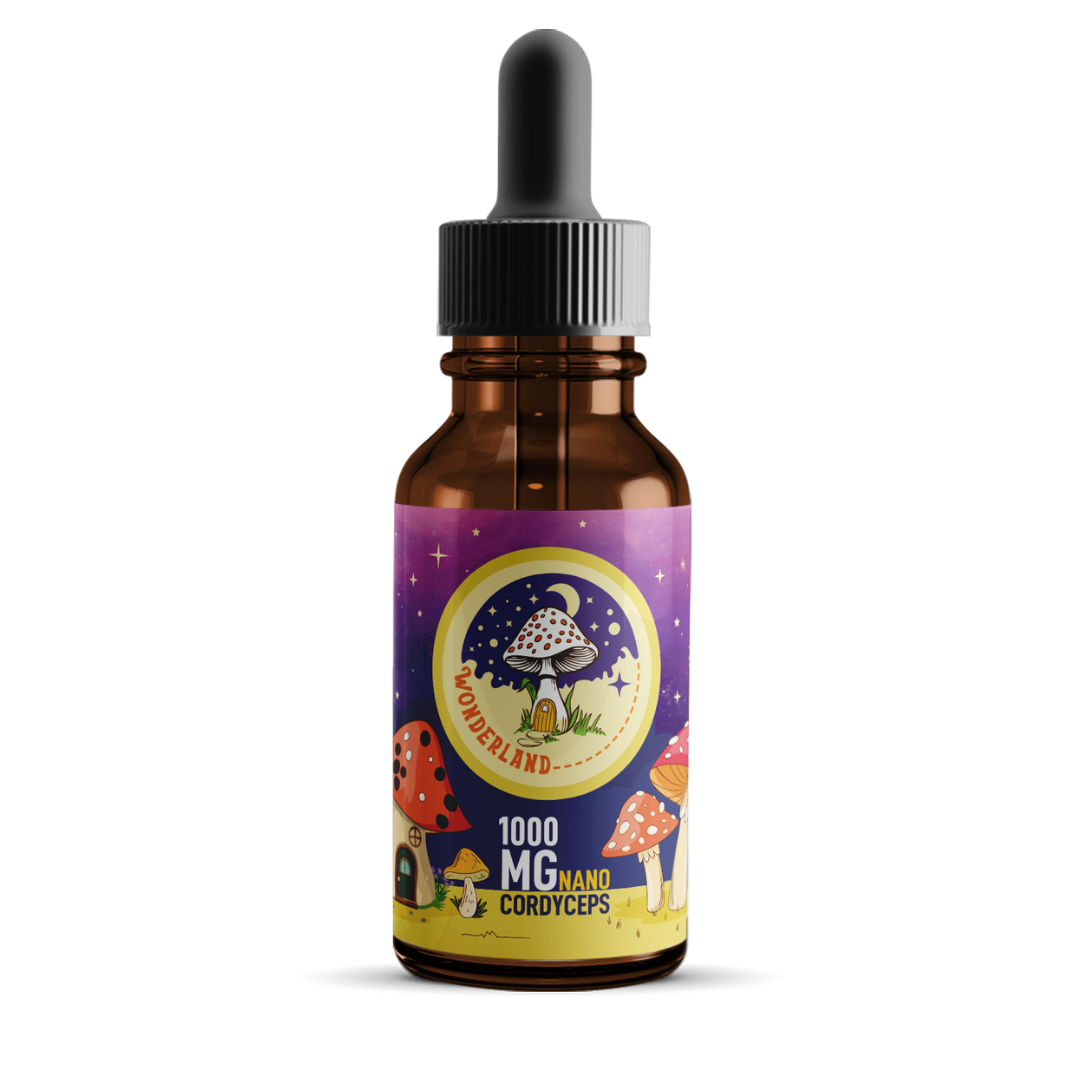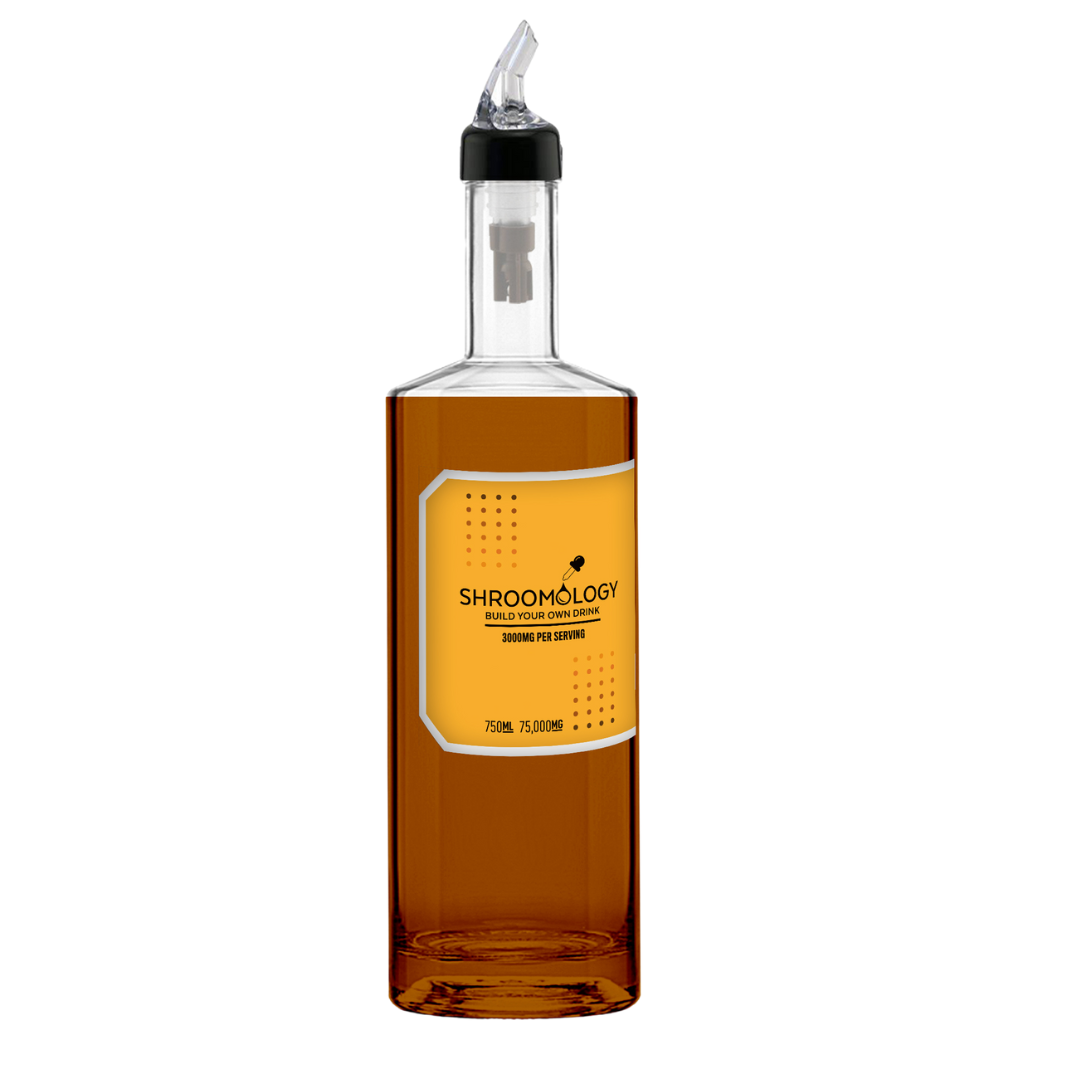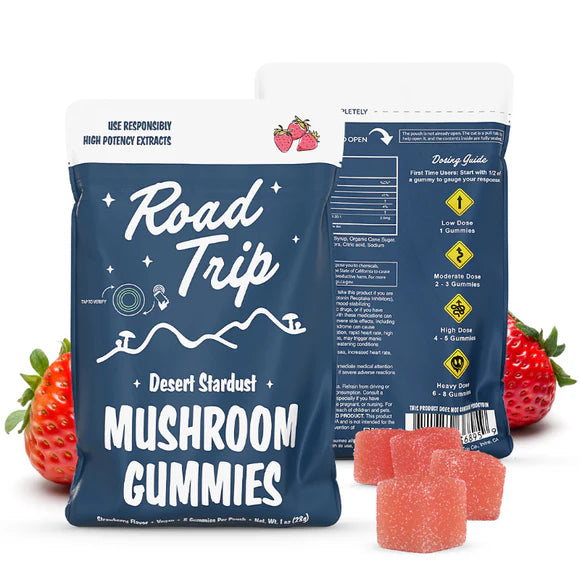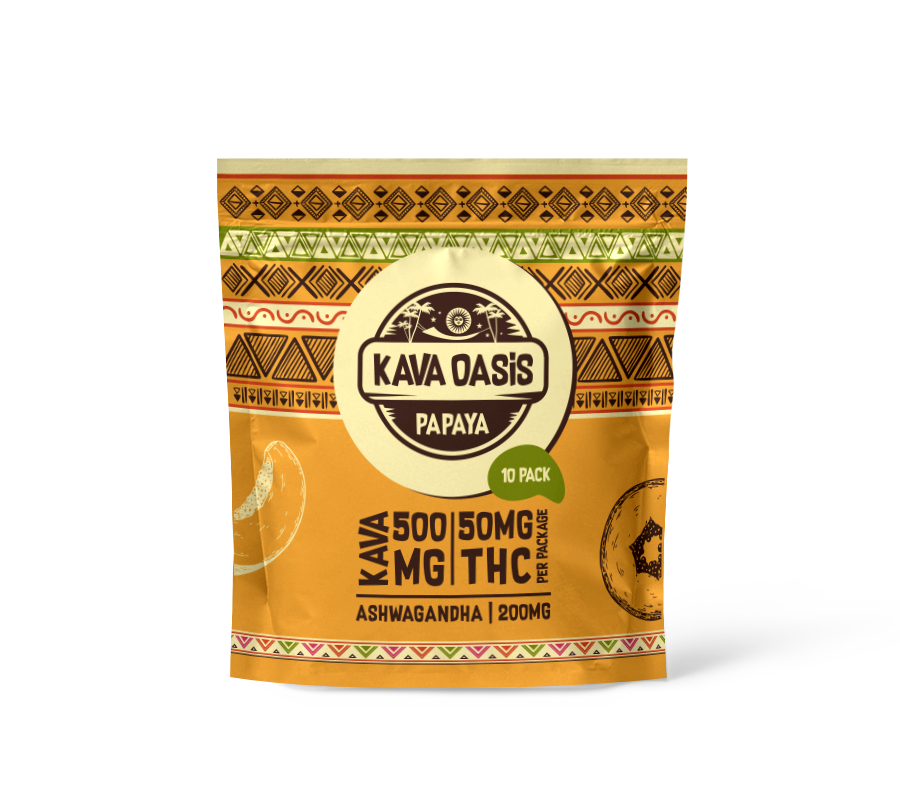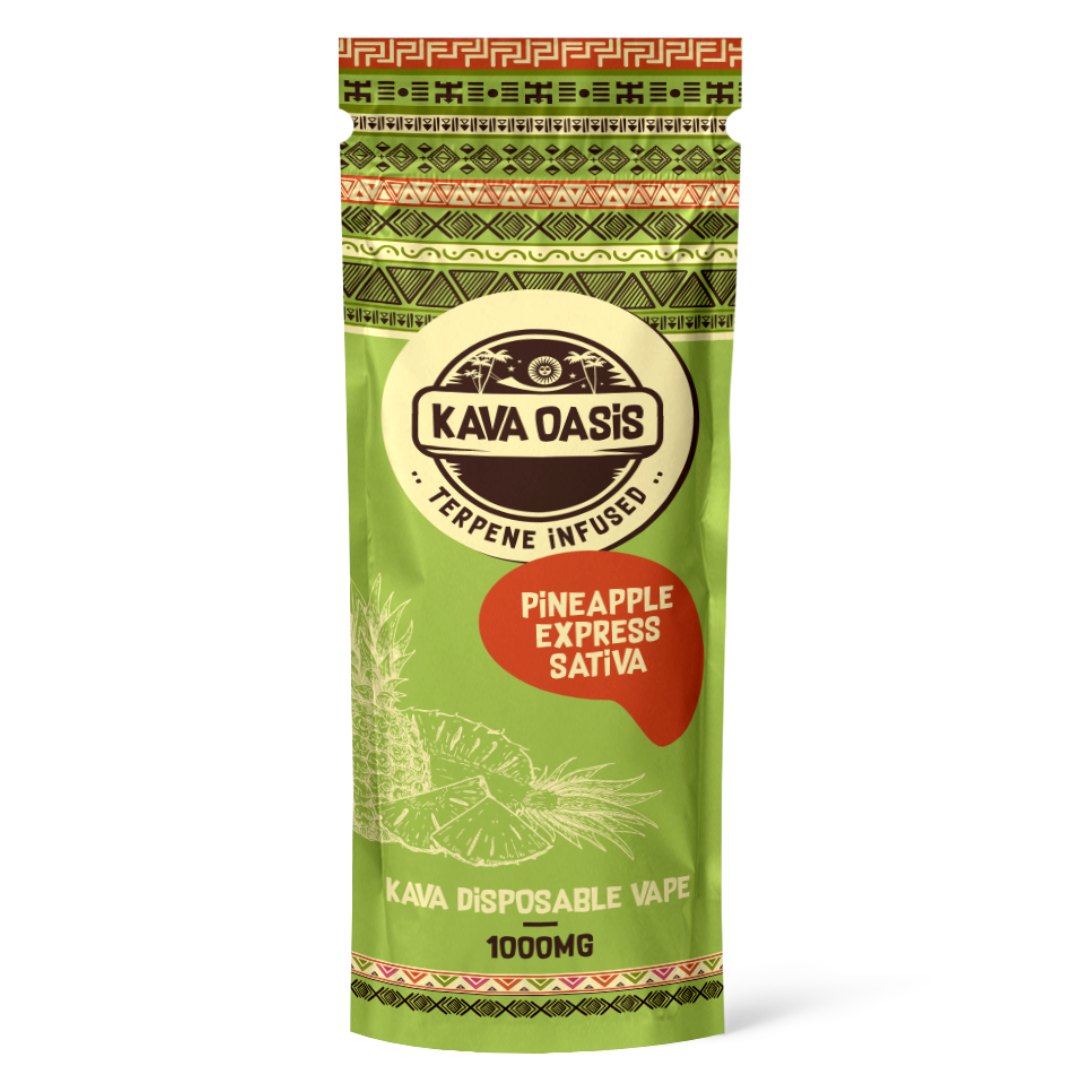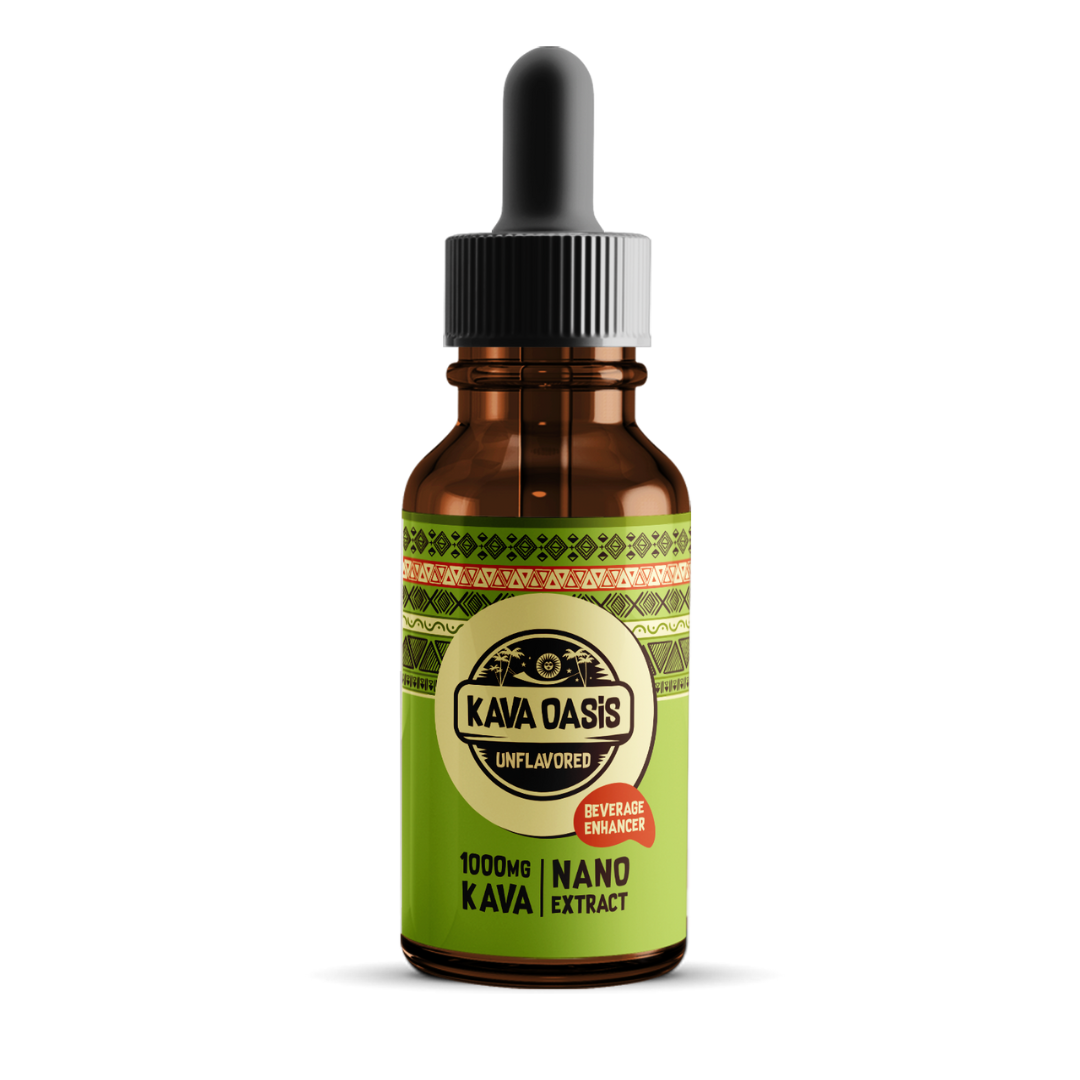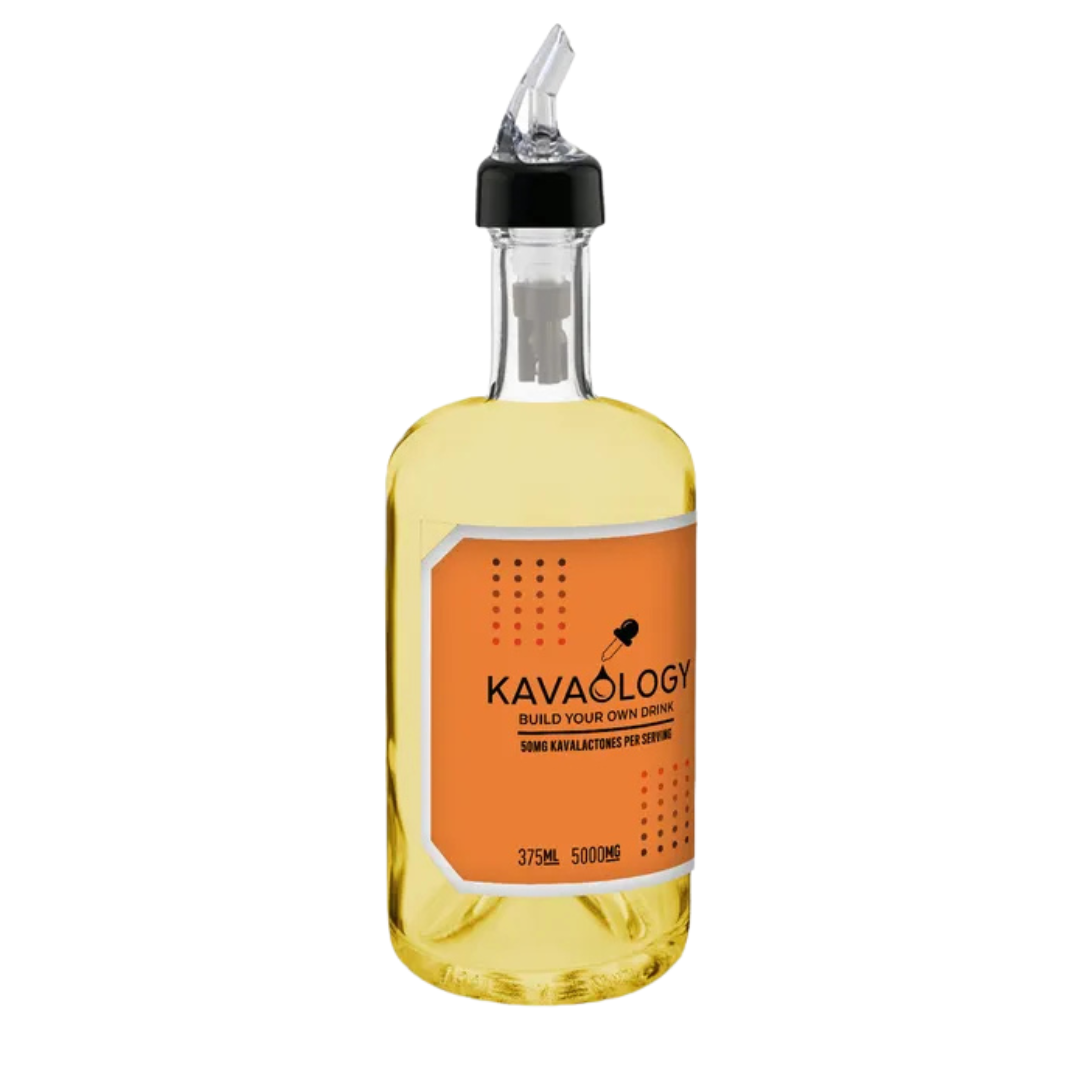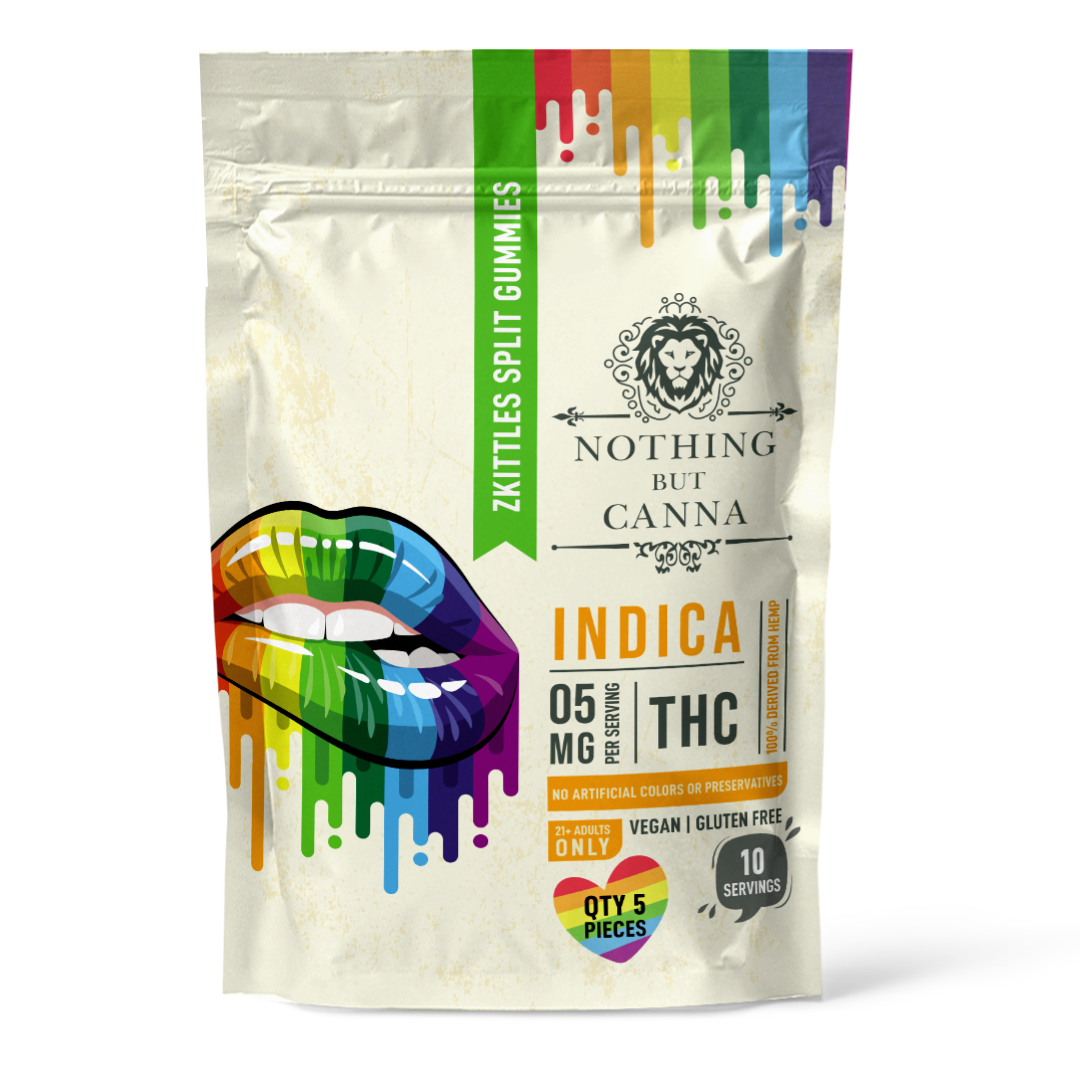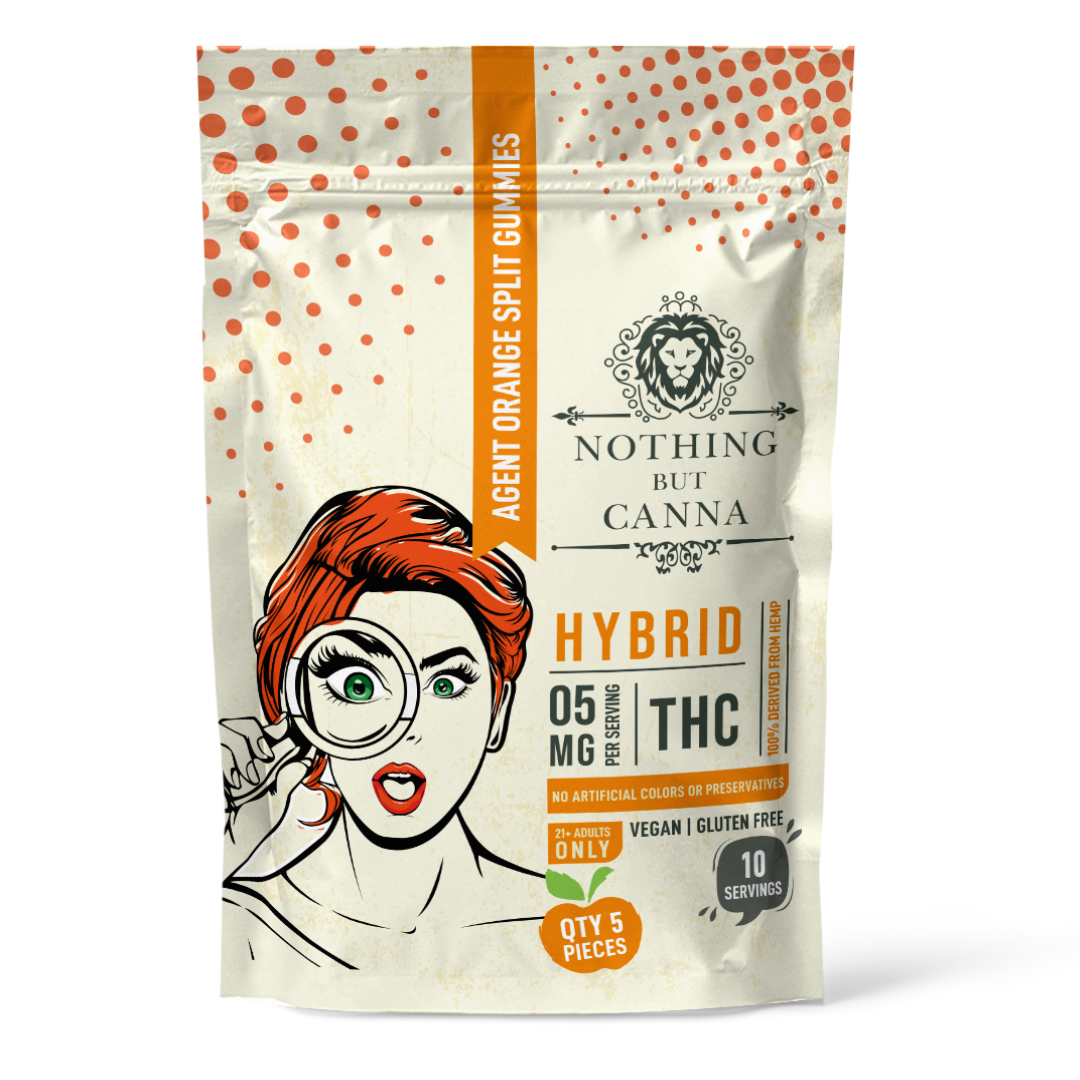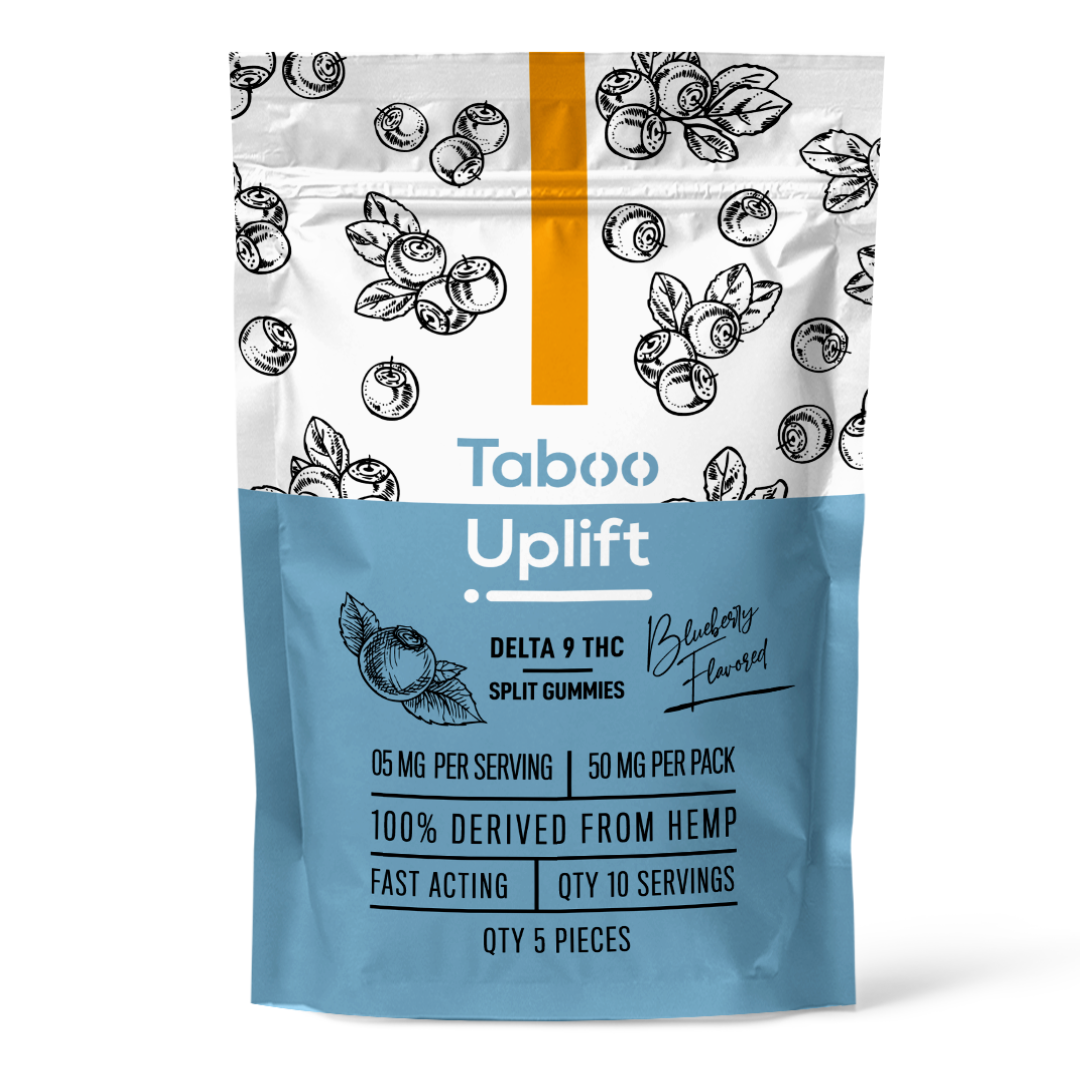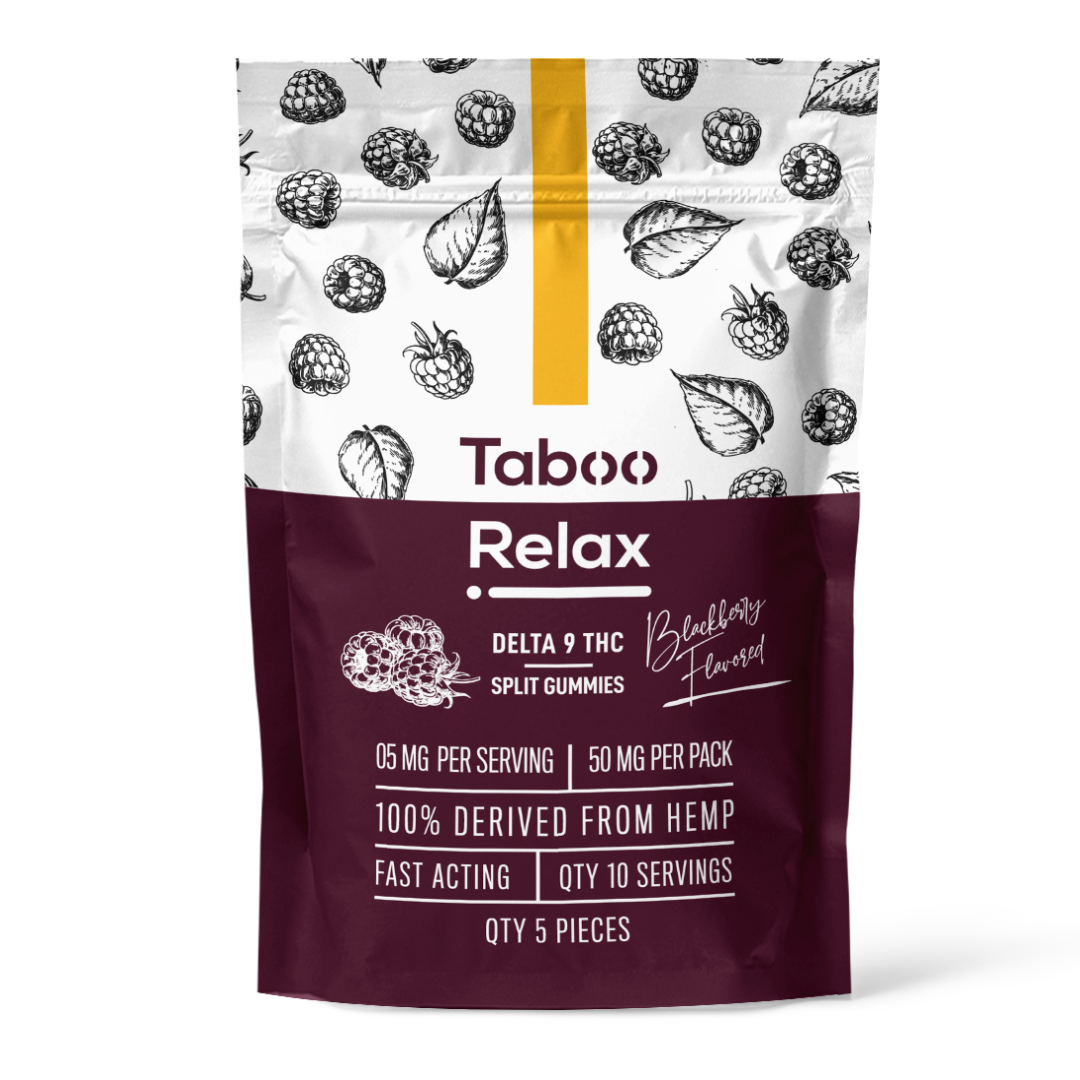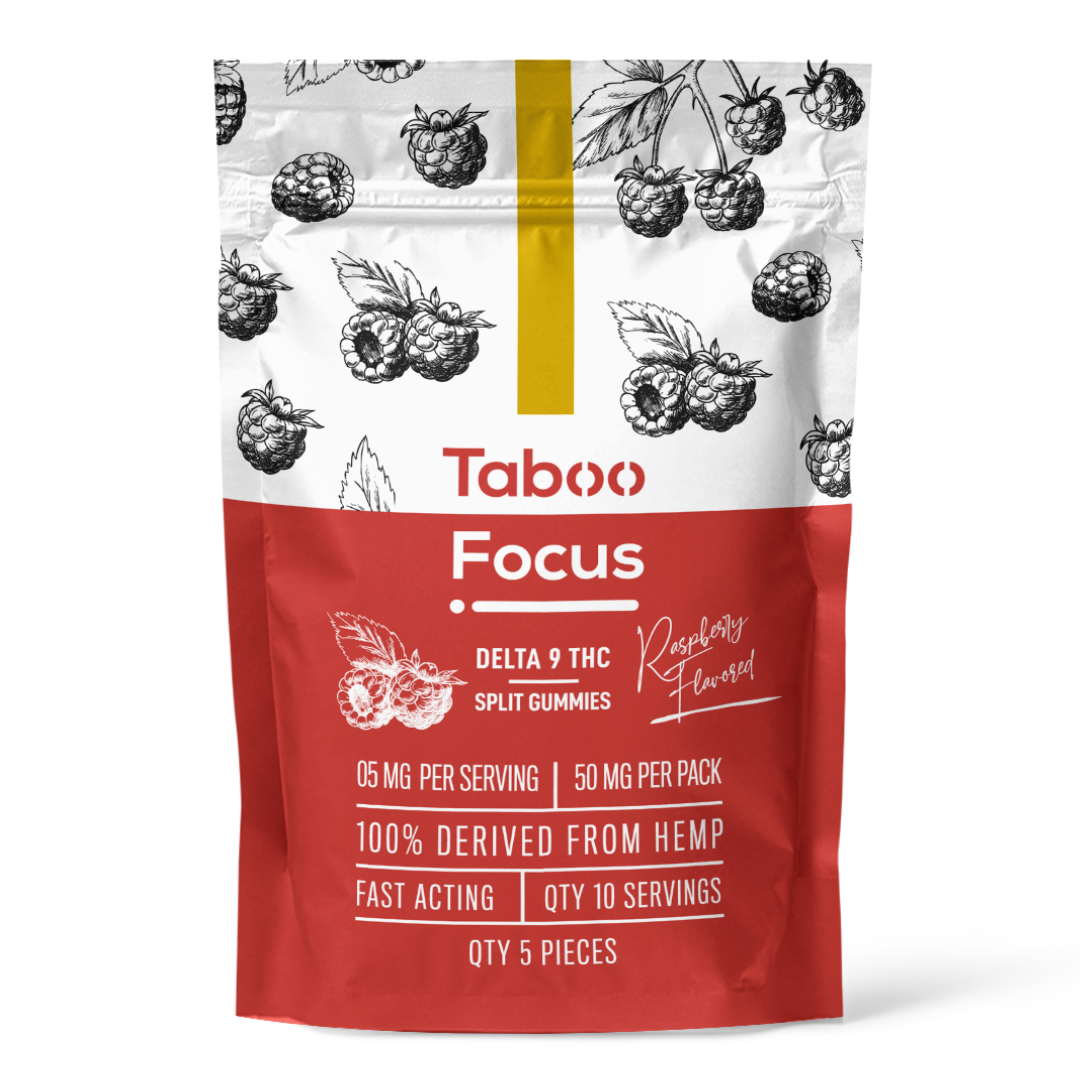
The high demand for Delta-8 tetrahydrocannabinol (Delta-8 THC) products has been drawing new attention to the compound. However, some of this increased awareness is causing confusion or even contributing to the spread of misinformation.
One common point of confusion is related to the term ‘synthetic’. Some people claim that Delta-8 THC is a synthetic cannabinoid, which would make it comparable to products like K2 and Spice. This is a potentially dangerous misunderstanding.
In simple terms, the main difference between Delta-8 THC and products like K2 is that Delta-8 is a cannabinoid that is found naturally in the cannabis plant, while the cannabinoids in K2 are not. However, the way these products are created and the way they work in the body are also very important differences.
What is delta-8 THC?
Delta-8 THC has a very similar chemical structure to Delta-9 THC. Delta-9 THC is the compound that is most commonly associated with the intoxicating effect some cannabis plants are known for having.
The location of a double bond on the chain of carbon atoms is all that separates Delta-8 and Delta-9. Delta-8 THC has the double bond on the 8th carbon chain. Delta-9 THC has it on the 9th carbon chain. Because of this minor difference, Delta-8 THC tends to have a milder effect on the body than Delta-9 THC.
Cannabis plants naturally create Delta-8 THC, but usually only in small quantities. However, Delta-9 THC or cannabidiol (CBD) can be chemically converted into Delta-8 THC in a lab. Because plants with high levels of Delta-9 THC are not federally legal, most businesses use CBD to make Delta-8 THC.
According to a recent article in Hemp Grower Magazine, this conversion process involves extracting CBD isolate from hemp flower, adding a solvent to melt it down, and then adding an acid reagent, which causes the reaction. Next, an alkaline material is added to neutralize the new substance before it can be washed and distilled.
This process must be completed in a lab, so some people mistakenly believe that this makes Delta 8 THC products synthetic. However, this idea is not accurate because the resulting Delta-8 THC is the same compound that occurs naturally in cannabis plants.
Diamonds are still diamonds whether they are made in a lab or made in the earth. Like diamonds, Delta-8 THC has the same chemical structure whether it is extracted directly from a plant or converted from CBD in a lab.
What are K2 and Spice?
If lab-made Delta-8 THC is comparable to a lab-made diamond, products like K2 and Spice would be more comparable to cubic zirconia.
K2 and Spice are just two examples of products in a class of drugs commonly referred to as synthetic cannabinoids. These products may also be referred to as designer drugs, synthetic marijuana, Bliss, Black Mamba, Blaze, Bombay Blue, Genie, Zohai, Red X, Scooby Snax and other names.
However, names that make these products sound comparable to cannabis can be misleading because they do not contain any cannabis. Instead, they are made from a mixed variety of plant material that has been sprayed with human-made chemicals. They may look more like potpourri than cannabis and could even include a label that says “not for human consumption.” However, they can also come as a liquid that is inhaled with an e-cigarette or added to food or beverages.
Synthetic cannabinoids are designed to act like Delta-9 THC in the body, but they are not chemically related to THC. They do bind to the same receptors that natural THC binds to, but the synthetic cannabinoids bind to these receptors much more strongly.
This can cause consumers to experience much more intense effects. Web MD states that “[s]ynthetic cannabinoids can be up to 100 times more potent than THC.”
Hundreds of cannabinoids have reportedly been identified in these products. A single product may contain just one chemical or it could contain several. Some products have even been found to contain toxic chemicals, like brodifacoum, which is found in rat poison.
Some sources suggest that these products are only legal because the chemicals change faster than the regulations can be created. The manufacturers reportedly need only to tweak the chemical structure slightly to make it legally a different product. With frequent changes, the laws reportedly have had a difficult time keeping up.
The amount of chemical that is sprayed over the plant material can also be inconsistent, which can make it difficult for a consumer to know how much they are taking. This can be especially dangerous because these products have also been associated with serious side effects. According to WebMD, when K2 or Spice is inhaled it can cause hallucinations, seizures, heart attacks, stroke or even death.
Products like K2 or Spice are made in labs because they include one or more chemicals that cannot be found in nature. The risks associated with these human-made chemicals have caused many consumers to be weary of products like these.
However, Delta-8 THC is different. It can be created naturally or be converted from nature-made CBD. There are reportedly far fewer risks associated with Delta-8 THC, and the effects of consumption reportedly are even more mild than Delta-9 THC.
Sources
[1] https://ministryofhemp.com/blog/is-delta-8-thc-synthetic/
[2] https://www.hempgrower.com/article/delta-8-cannabidnoid-how-its-made-extraction-testing-measuring/
[3] https://www.dea.gov/factsheets/spice-k2-synthetic-marijuana
[4] https://www.cdc.gov/nceh/hsb/chemicals/sc/About.html
[5] https://pubmed.ncbi.nlm.nih.gov/26132518/
[6] https://www.webmd.com/vitamins/ai/ingredientmono-1576/k2-spice

